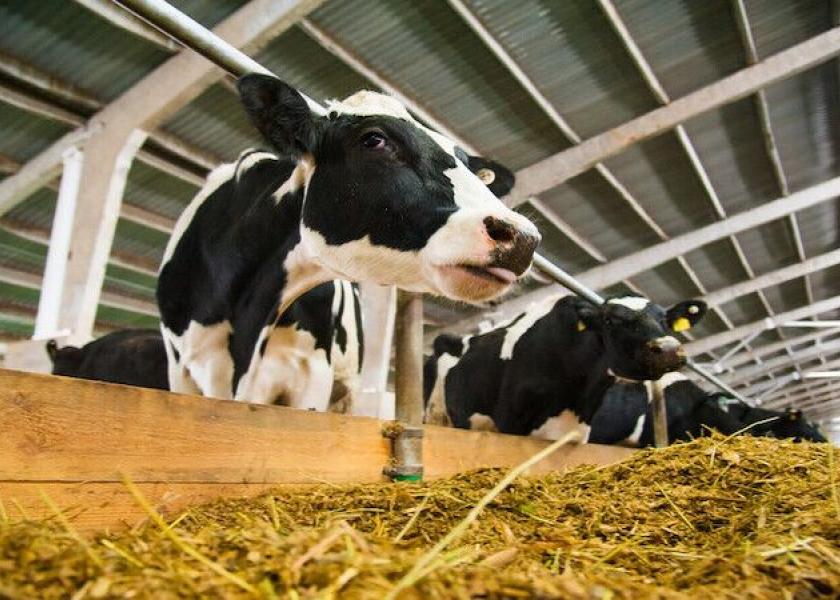Soaring Milk Protein Prices Suggest Ration Re-Think

The soaring price of milk protein this summer suggests dairy farmers and their nutritionists should take another look at their rations to see if they can make adjustments to feed for milk protein production. The first place many will look will be amino acids.
That makes sense since amino acids are the building blocks of protein. Making sure there are no amino acid deficiencies—particularly lysine and methionine--is the surest way to encourage milk protein production.
Before you do that though, be sure you have other management factors under control, says Mike Van Amburgh, a dairy nutritionist with Cornell University.
First and foremost, make sure feed is available and in front of cows at least 21 to 22 hours per day. In trouble shooting farms this year, Van Amburgh was surprised at how many feed bunks are bare between midnight and 5 a.m. on the farms he has visited. Another factor is cow lying time. Over-crowding means less opportunity for cows to lie down and ruminate.
The first thing nutritionists need to do is update cow weights in their ration balancing software. Too often, cows are listed at 1,350 lb of bodyweight. “The software can be off 200 to 300 pounds of body weight and it is hard to balance rations that way,” Van Amburgh says. At these low bodyweights, ration modeling software won’t detect lysine and methionine deficiencies.
A second point is that energy and protein metabolism is not separate. “Energy and protein should be considered together because you need energy to drive protein synthesis,” Van Amburgh says.
The best way to increase energy is through fermentable sugars. Most diets are at 3 to 4% sugar. That’s likely not enough. “Sugar in the 5 to 7% range increases microbial yield and fiber digestibility,” he says.
It’s also important to pay attention to the digestibility of by-product feeds. For example, one study looking at feather meal showed a digestibility range of about 50 to 70%. “Cows will respond to [higher] digestibility if they are amino acid limited,” he says.
Finally, Van Amburgh says research suggests the older version of the Cornell Net Carbohydrate and Protein System (CNCPS) ration model was slightly underestimating the methionine requirement for high producing cows (more than 90 lb/day).
At this level of production, cows need 1.19 grams of MP methionine/MCal of ME, up from 1.14 in the older version of the CNCPS. Consequently, if cows are consuming 60 Mcal of energy per day, they need 71.4 grams of methionine and 193 grams of lysine, he says.
Editor’s note: Van Amburgh’s presentation was done through a webinar presented by Balchem Corporation. Access it here: https://www.youtube.com/watch?v=Leue8fpkQ3o&feature=youtu.be







